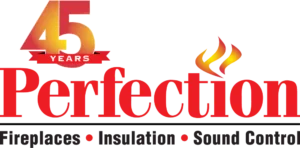How to Relight Your Fireplace Standing Pilot Light
No Power? You May Still Be Able to Light Your Gas Fireplace
Frequently asked questions about gas fireplaces
While a traditional fireplace provides an open burning chamber that vents through a chimney, a direct vent fireplace does not require a chimney, and it can vent horizontally out a sidewall or vertically through the roof. It can vent either way because it has a completely enclosed burning chamber that is highly efficient, drawing in air for combustion from the outside, while expelling gasses to the outside as well. All direct vent fireplaces are equipped with a tempered or ceramic glass panel, which allows radiant heat to pass into the room. The direct vent fireplace heats a room without robbing it of oxygen or of the heated air it is providing, while also keeping it free of fumes and combustible materials, such as embers or ash. View a diagram of the operation of a direct vent fireplace.
Fireplace manufacturers recommend that all gas fireplaces receive an annual service tune-up. If it has been a year or more since your last service, a tune-up is recommended for safety purposes and proper operation of the fireplace. To request tune-up service for your gas fireplace, call Perfection at 713-937-4575, or email your request by clicking here: Request a Fireplace Tune-Up.
First, determine if it is a problem with the handheld remote, the remote receiver or with the fireplace itself. To do this, locate the remote receiver underneath the fireplace. If you cannot locate it, you can refer to your fireplace operation manual, or call Perfection.
If your fireplace has a battery-operated receiver for the handheld remote, make sure the batteries have been replaced with fresh ones. If you have a plug-in receiver for the handheld remote, make sure the receiver is plugged in, and that the receptacle is receiving power.
Once you have determined that the remote receiver is in working condition, turn it to the manual mode, and try to turn on the fireplace using the manual on/off switch. If your fireplace turns on this way, your handheld remote may need batteries or may need to be reprogrammed. View instructions on how to Reprogram Your Remote.
If your fireplace does not come on after trying all of the above, check the following:
Make sure your gas supply is turned on — check both the wall valve (key type or red-handled type), as well as the shutoff valve on the flex line that is attached to the control valve under the fireplace.
If your fireplace is equipped with a standing pilot, make sure the pilot is lit. If the pilot is not lit, follow the instructions on the video at the top of this page.
If all points above are in working order and the fireplace still will not light, please contact our customer service department to schedule a service call at 713-937-4575 or Email Us.
Gas direct vent fireplaces have a break-in period when first being used which causes a strong odor. The odor is caused by the burn-off of excess paints and oils used in the manufacturing process of the fireplace. All gas fireplaces have a break-in procedure that needs to be done to fully drive off any odor. If you do not run the fireplace for the full break-in period (shown below) the odor will not be eliminated.
INITIAL BREAK-IN PROCEDURE
- The fireplace should burn continuously for 12 to 15 hours.
- After the first three to four hours of burning the fireplace, the glass may build up some residue. If so, it is recommended to turn off the fireplace, let it cool completely, and then remove and clean the glass (see instructions below for cleaning the glass).
- After cleaning the glass, turn on the fireplace again and burn continuously for the remainder of the recommended break-in period.
This procedure cures the materials used to manufacture the fireplace, and will eliminate the bad odor.
NO! All gas fireplaces that come equipped with a fixed glass panel from the factory are designed for the glass to stay in place during fireplace operation. The glass is an integral part of how the fireplace drafts. The glass also ensures that the combustion gases go to the outside of the house and are not redirected into the living space of the home.
You can clean your fireplace glass panel, as needed. It is recommended that you use only non-ammonia based glass cleaners on the fireplace glass. Your fireplace should never be turned on when removing the glass panel.
Most glass panels can be removed easily. First, remove the safety mesh screen, which should come off easily, similar to a window screen. Then, remove the glass panel, which will likely be attached with glass clips. You should not need any tools to remove the glass. Once you have cleaned the glass, replace it, and the safety mesh screen, before operating your fireplace again. Due to the high temperatures that the fireplace produces, it is recommended that the mesh screen is in place at all times when operating your fireplace.
If you are unsure how to remove the glass, or have questions about cleaning it, refer to your owner’s manual, or call Perfection at 713-937-4575.
For safety reasons, Perfection highly recommends that the mesh screen is always in place when burning your gas fireplace. While in operation, the glass panel of the fireplace gets extremely hot. The mesh screen helps to prevent burns if the fireplace is touched. Also, in the rare case that the fireplace glass breaks, the safety mesh screen will contain the glass inside the fireplace.
It is normal for the fireplace mantel or decorative surround to get very hot to the touch when burning a gas fireplace. If the mantel is installed with the proper clearance from the fireplace, the heat produced from the fireplace should not damage the mantel. Fireplace manufacturers recommend that highly flammable materials, such as draperies or furniture, should not be placed near the gas fireplace.
If you are concerned about your mantel temperature while burning your fireplace, you may have the option to add a fan kit. A fan kit is installed under the fireplace and blows the hot air, produced by the fireplace, out into the room. Not only does a fan kit reduce the temperature of the mantel or decorative surround, but it also helps to distribute the heat throughout the room.
If you would like more information on the safety of your fireplace or fan kit options, contact us at 713-937-4575 or Email Us.
Depending on the age of the unit, some manufacturers offer replacement trim fronts and hoods. For some older units, there are no replacement parts available. Contact our sales department with your fireplace model number and serial number, and we can advise you of your options. If you cannot find the model number or a serial number of your fireplace, call us at 713-937-4575 or Email Us, and we will help you determine what kind of fireplace you have.

